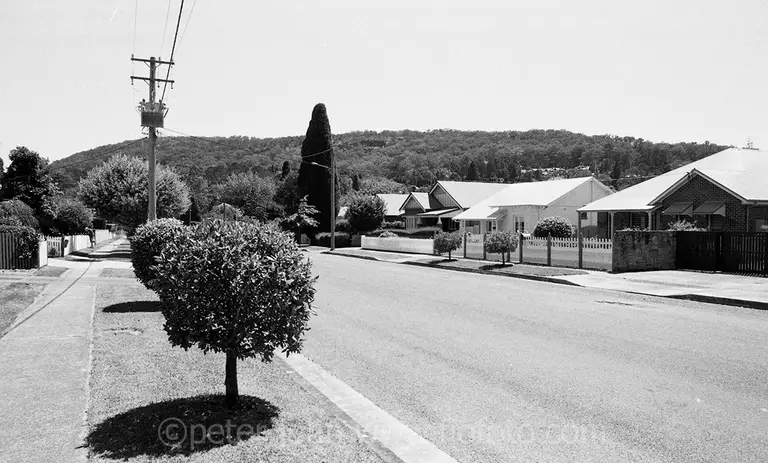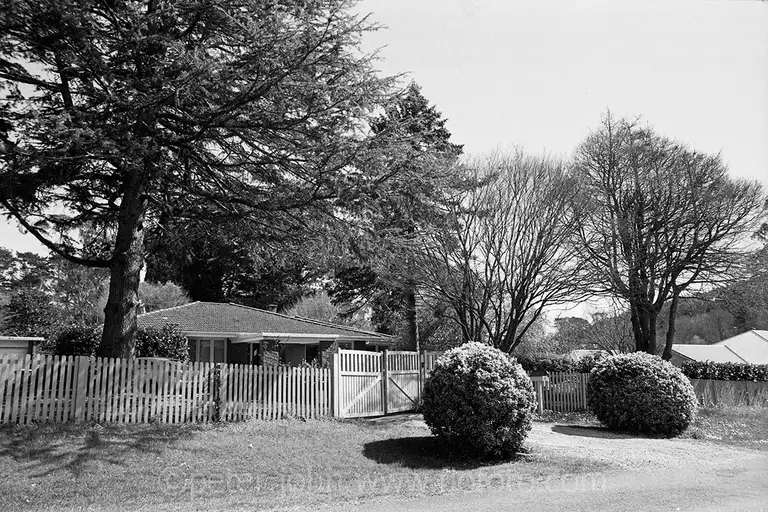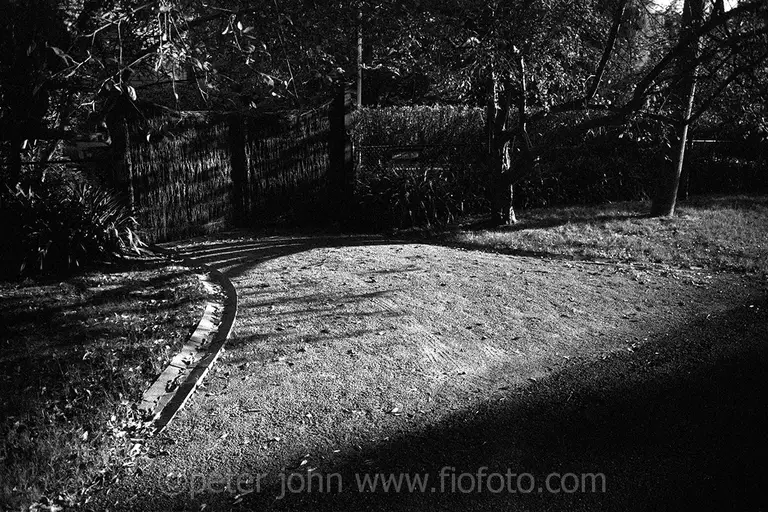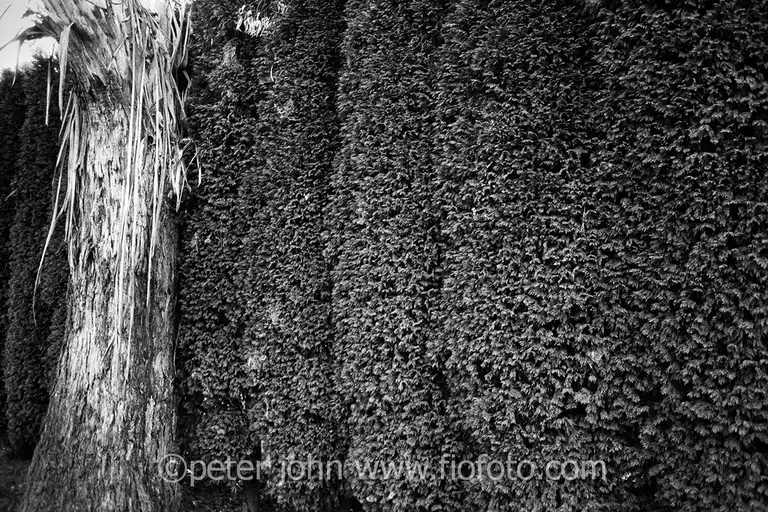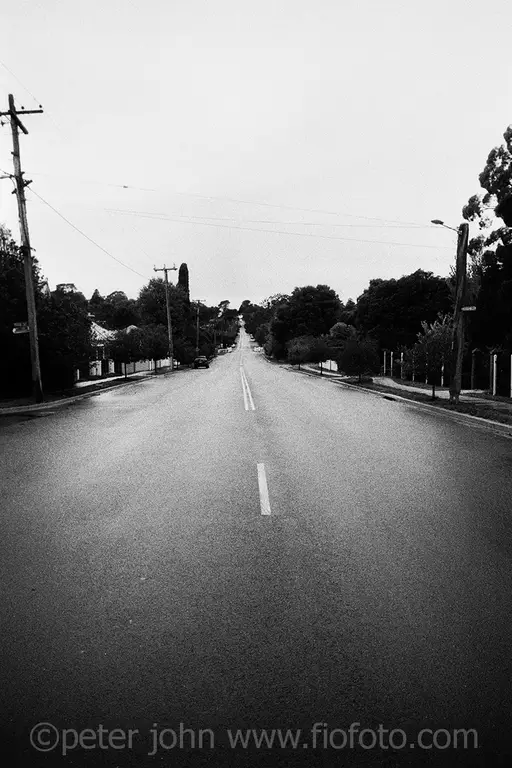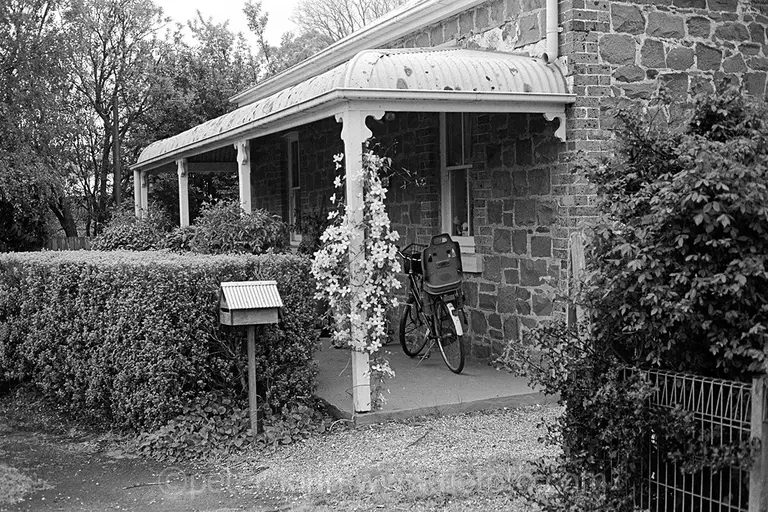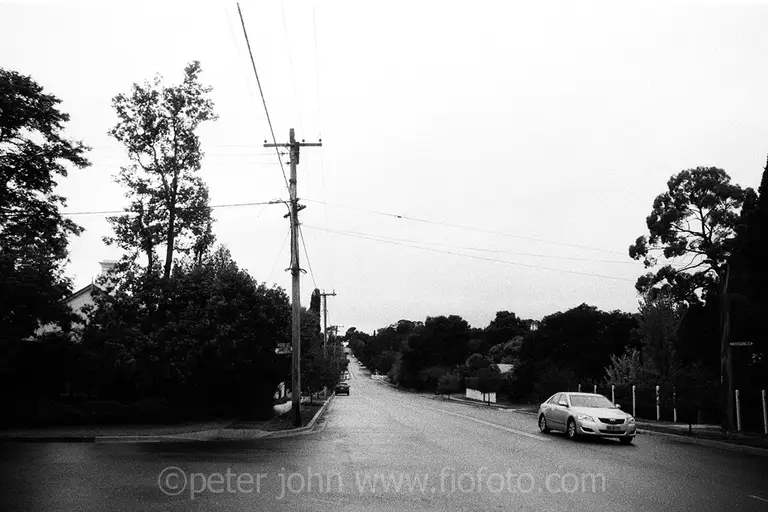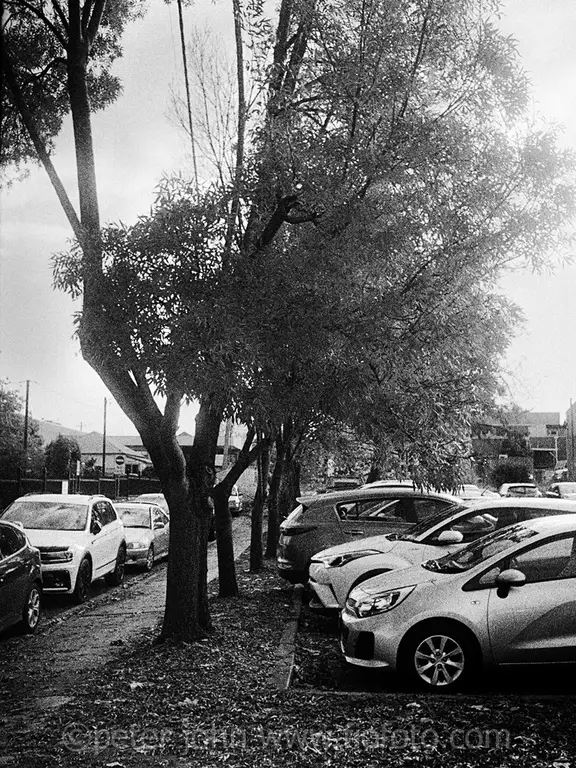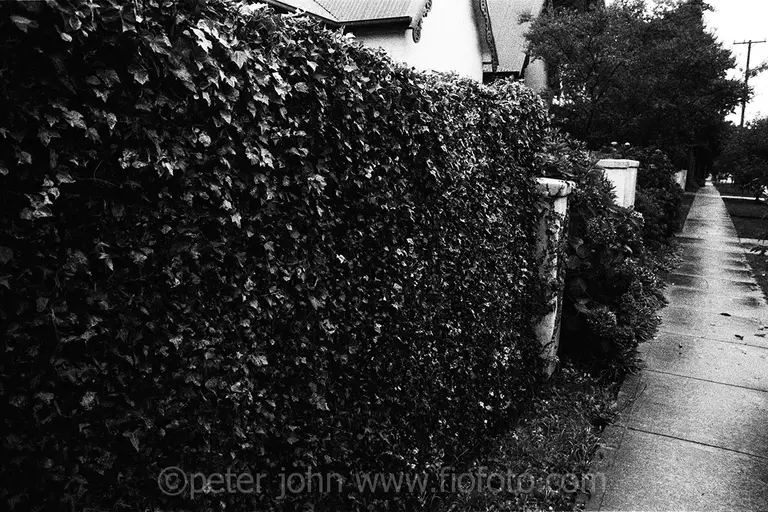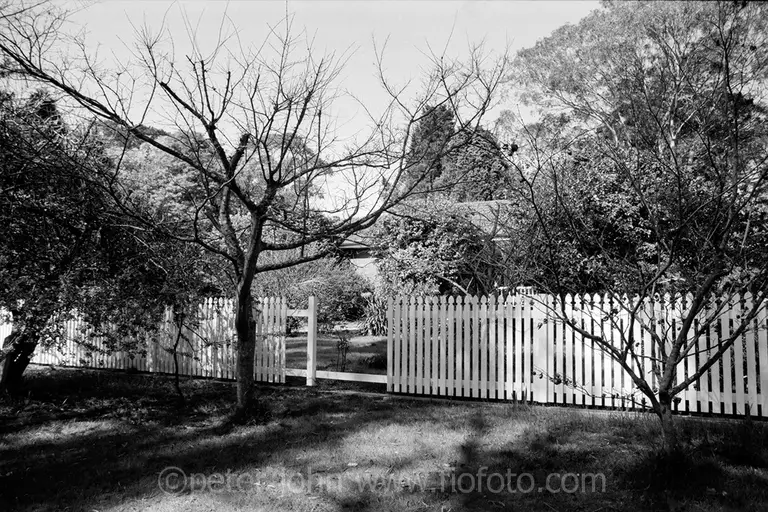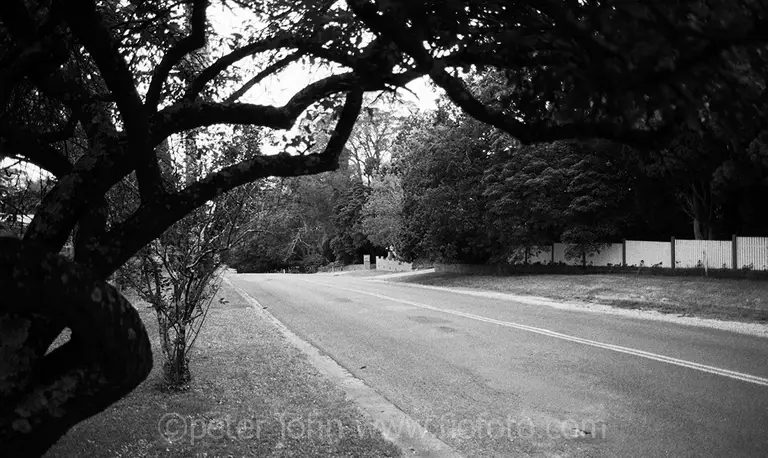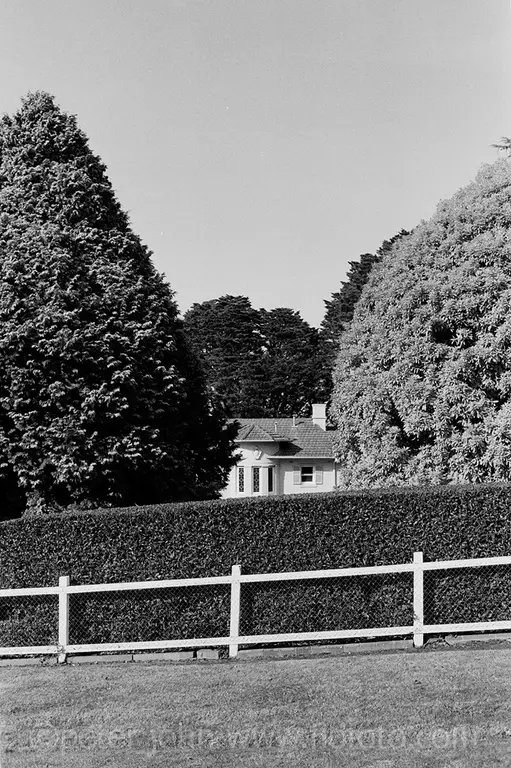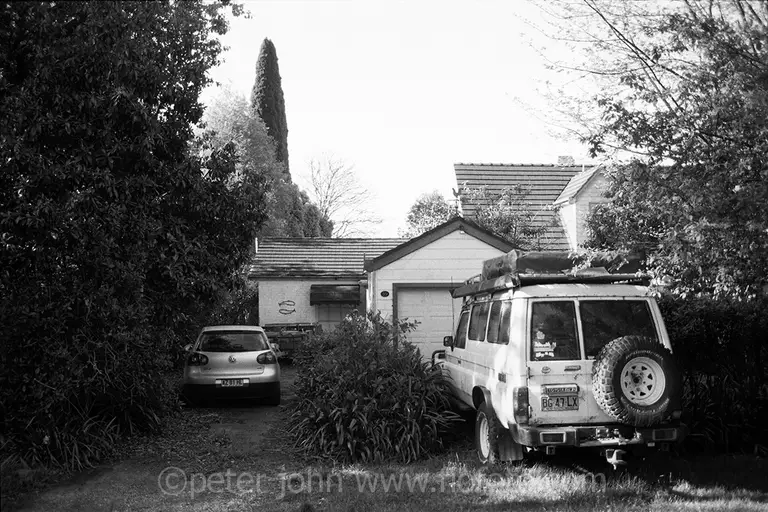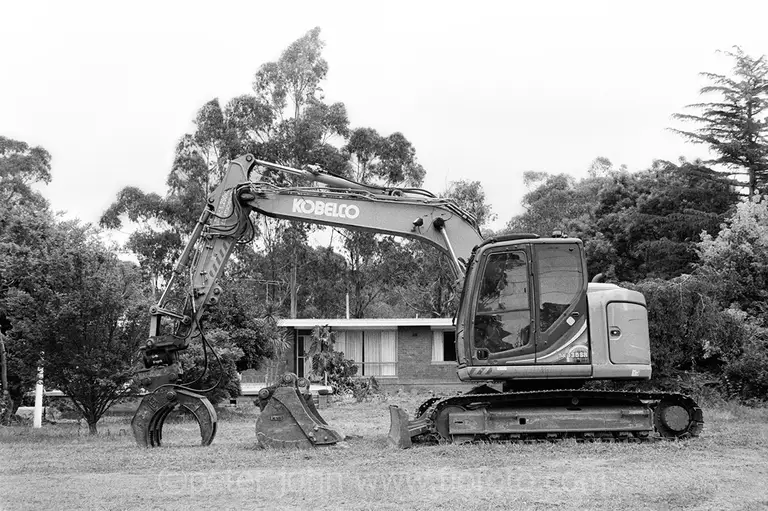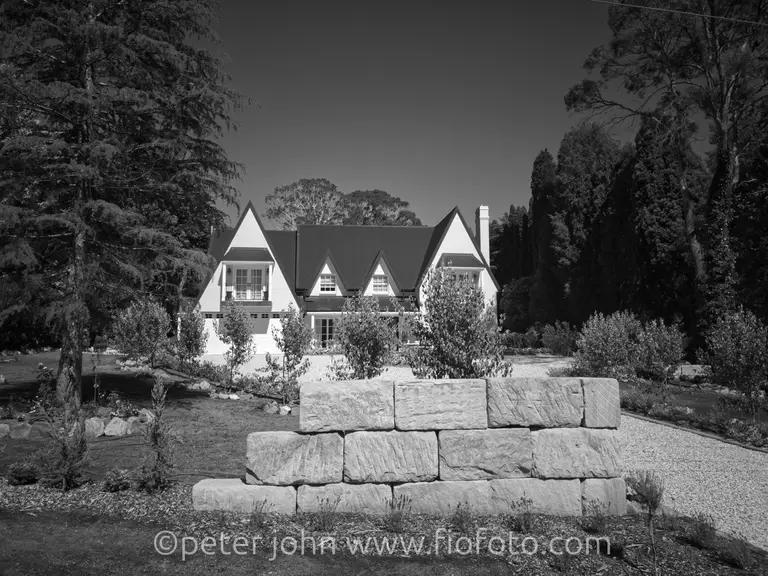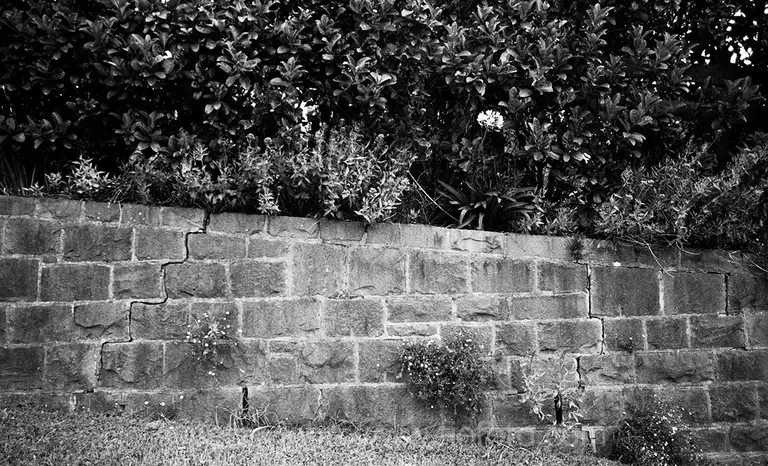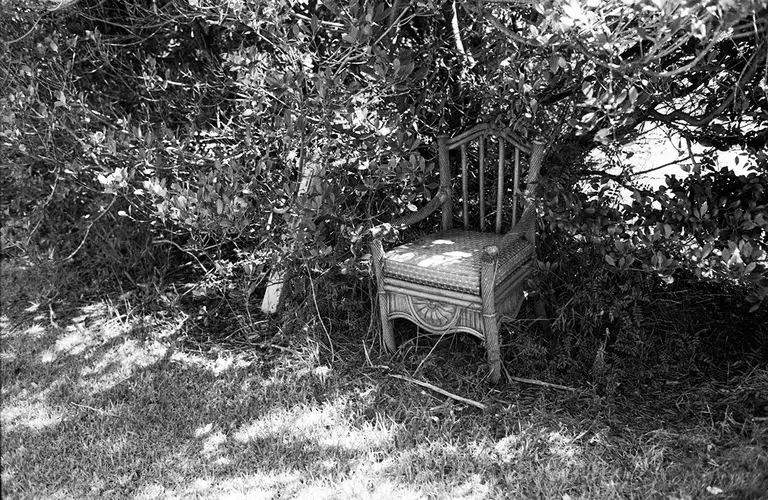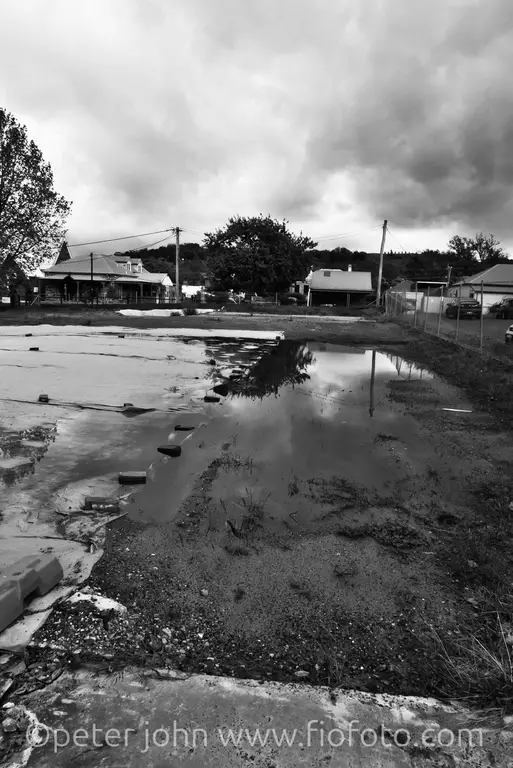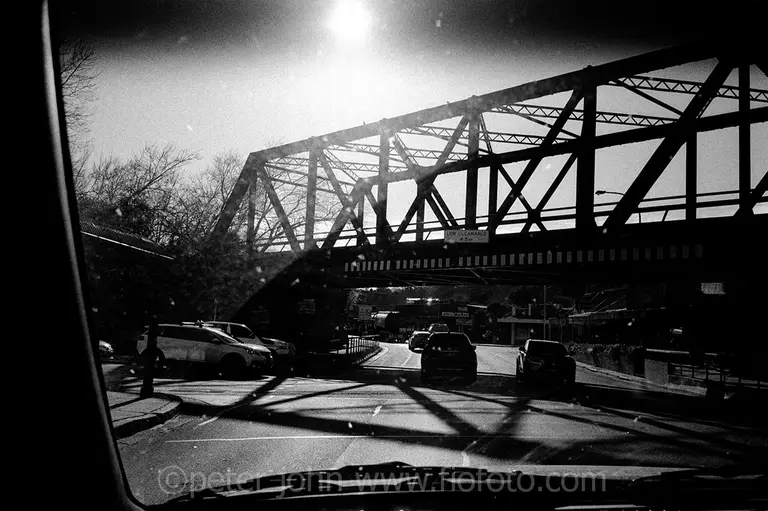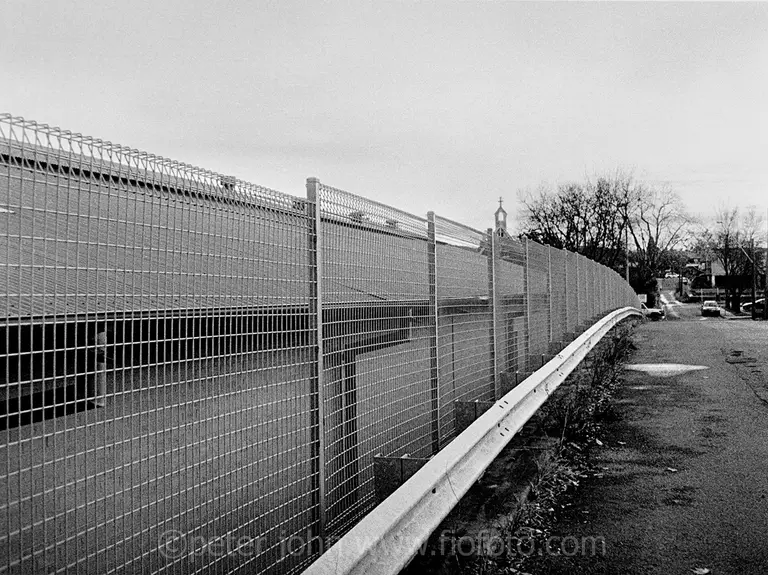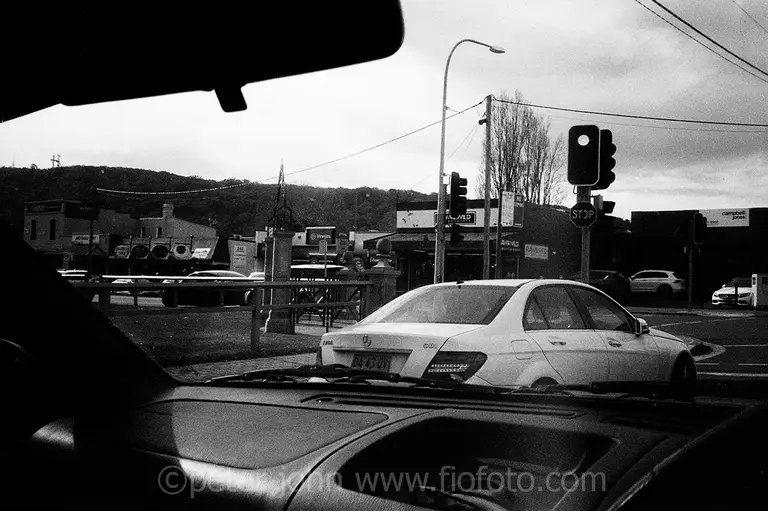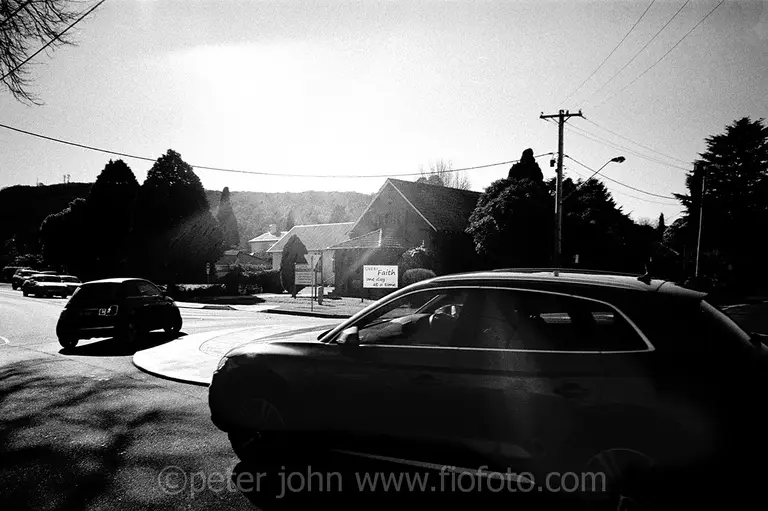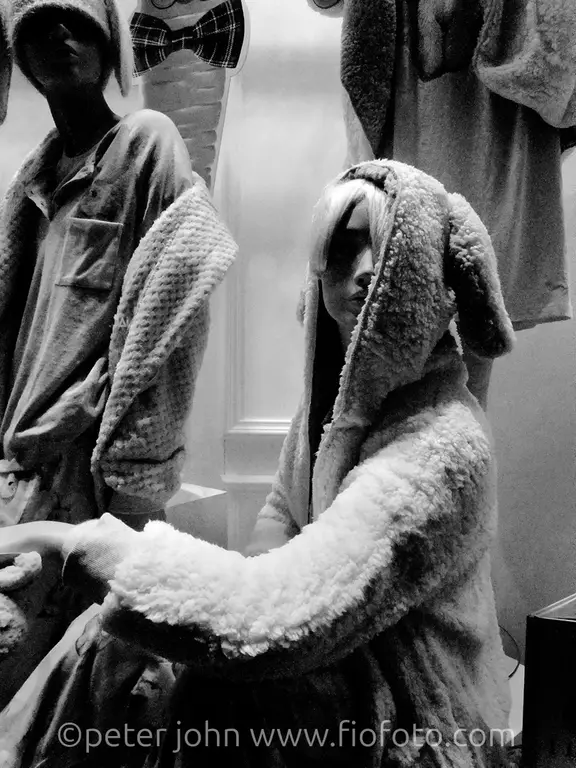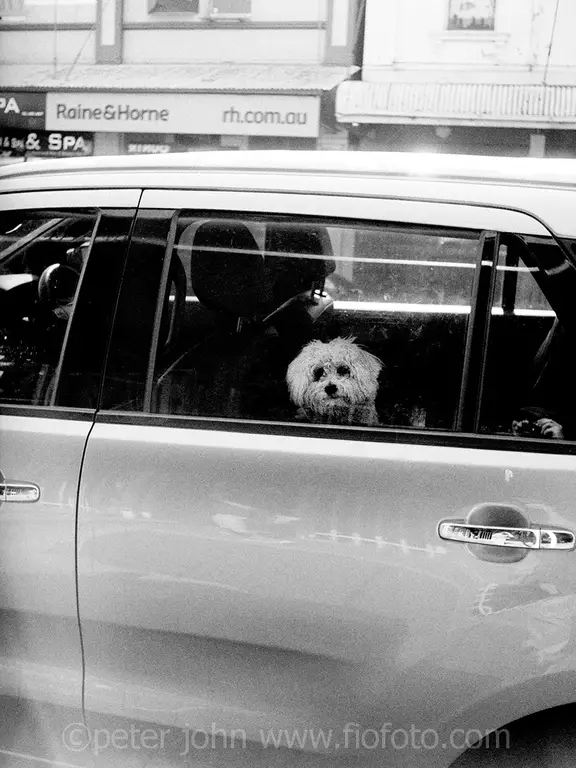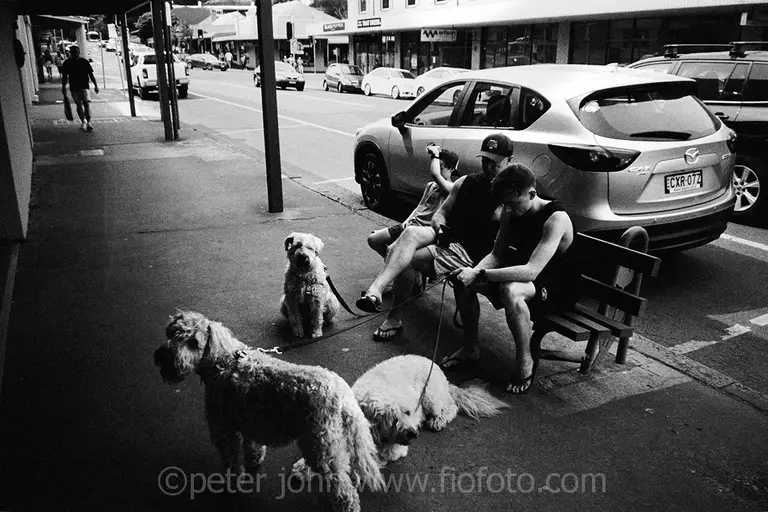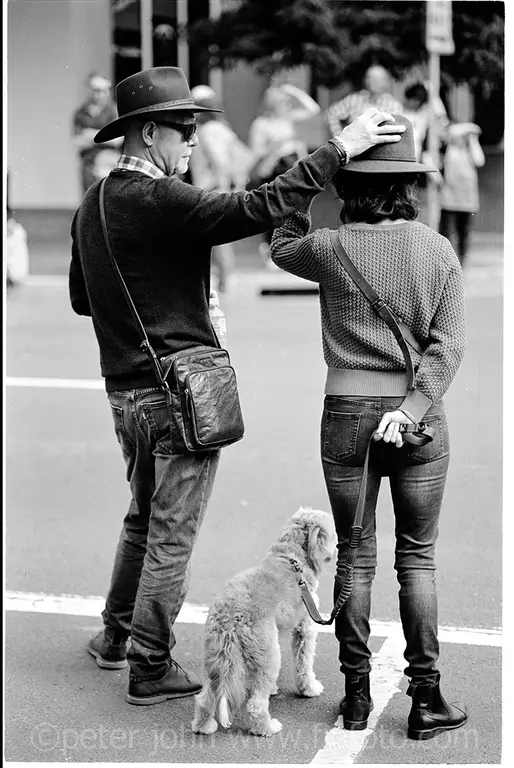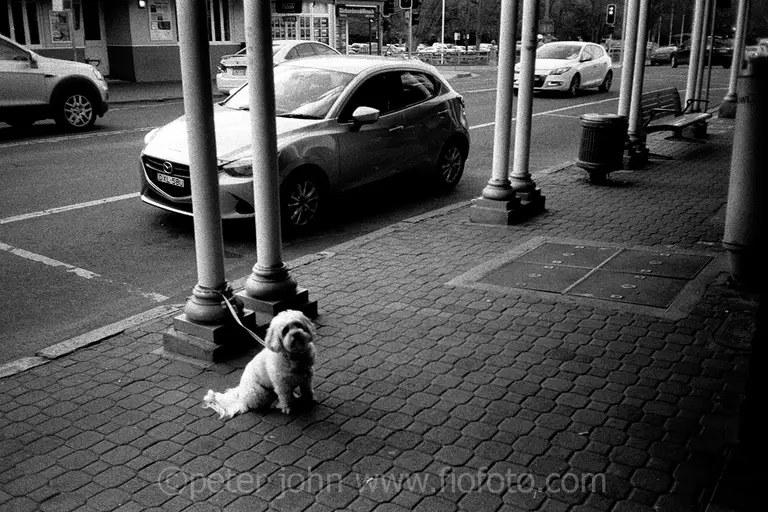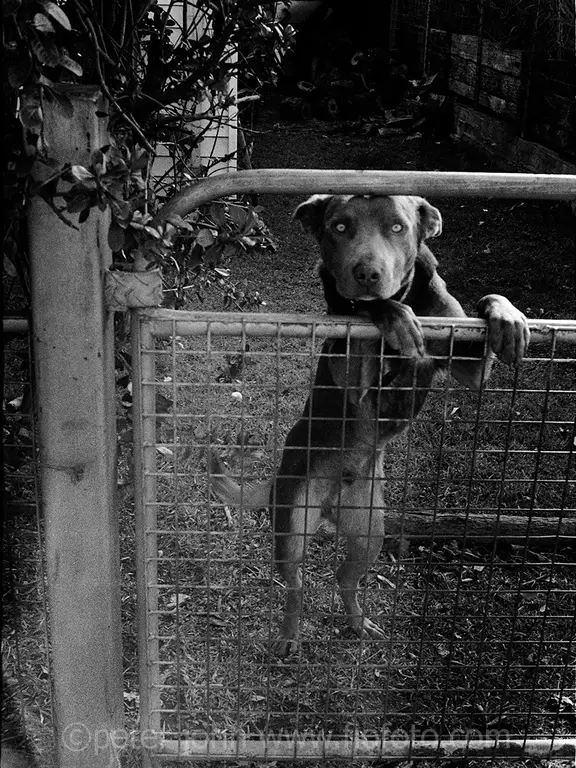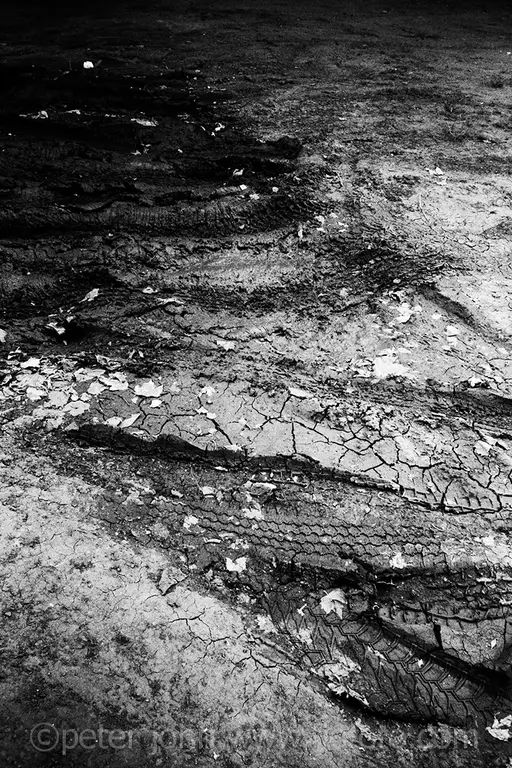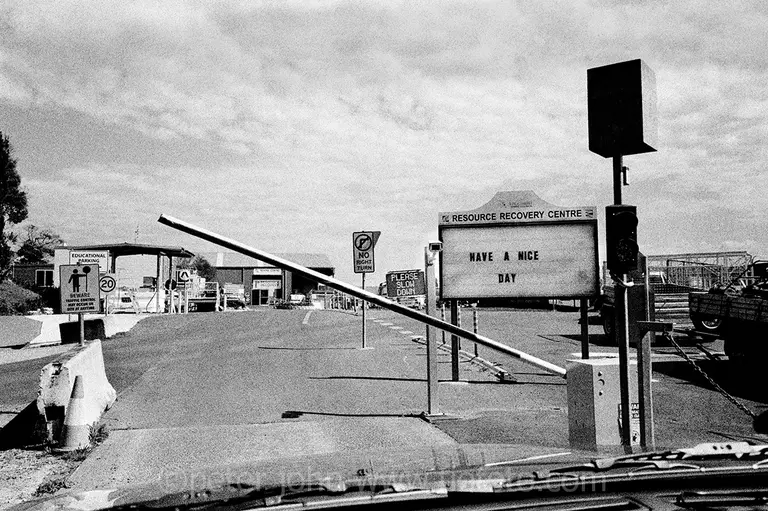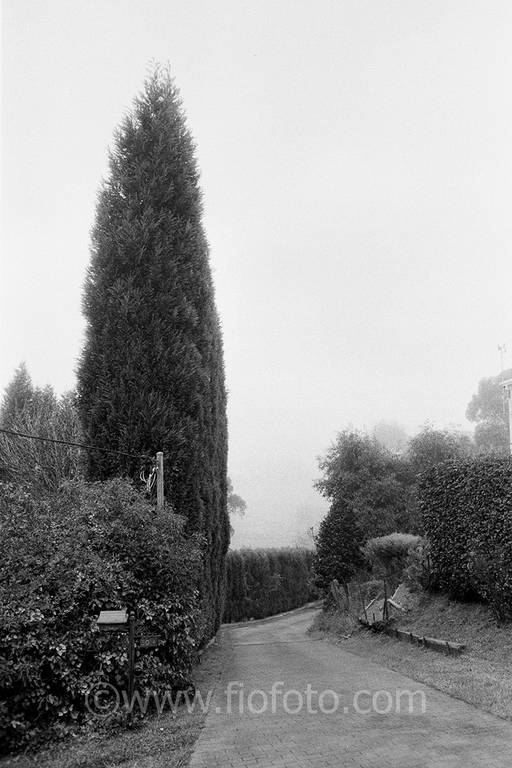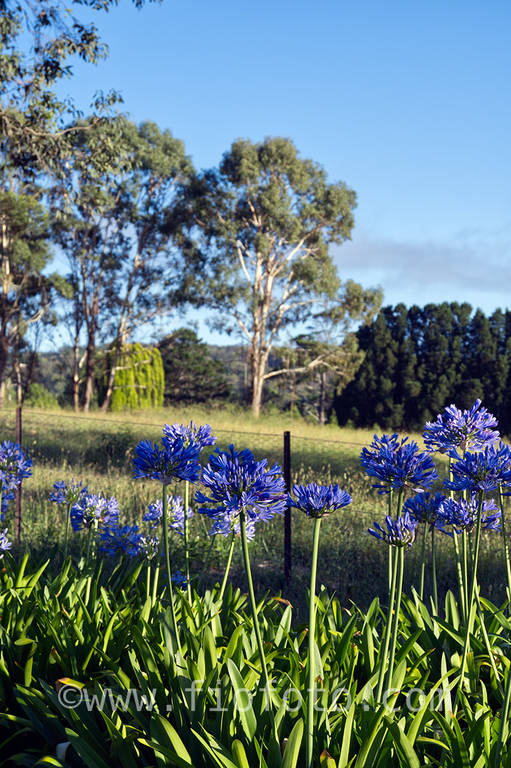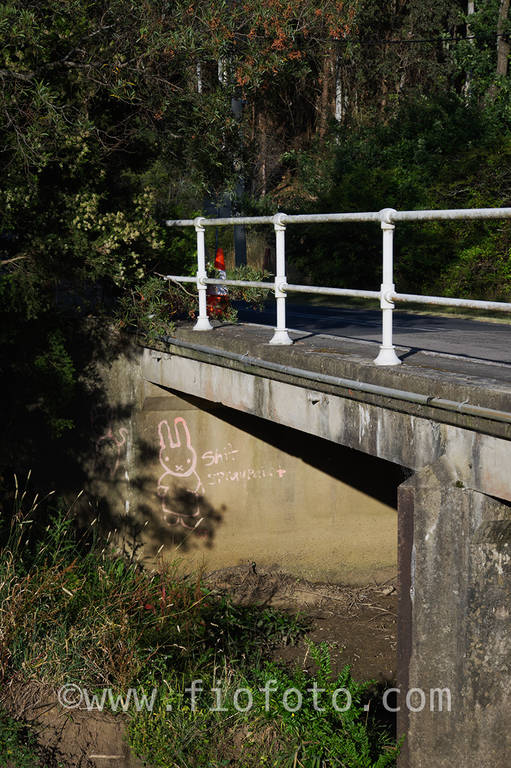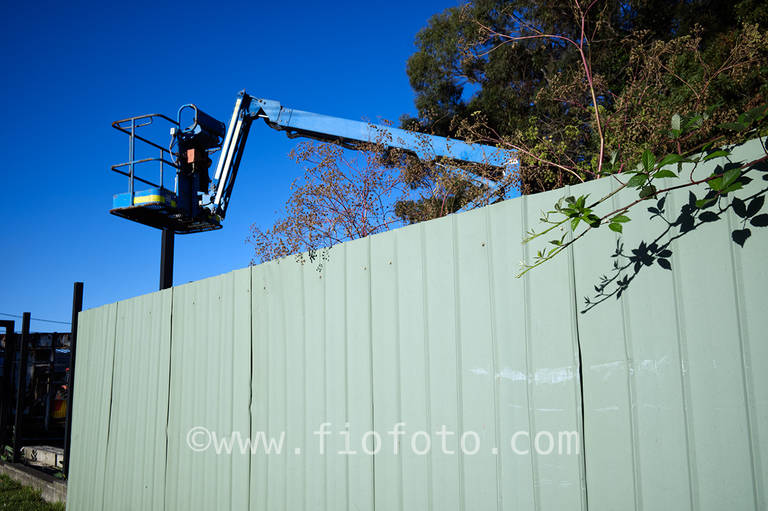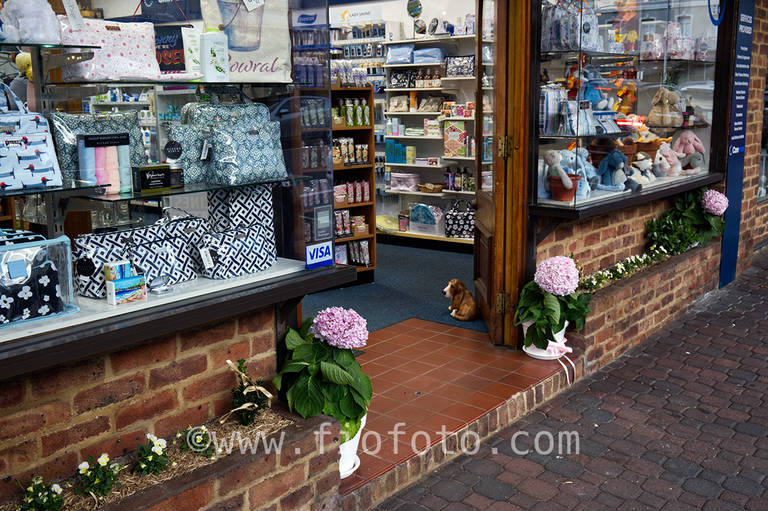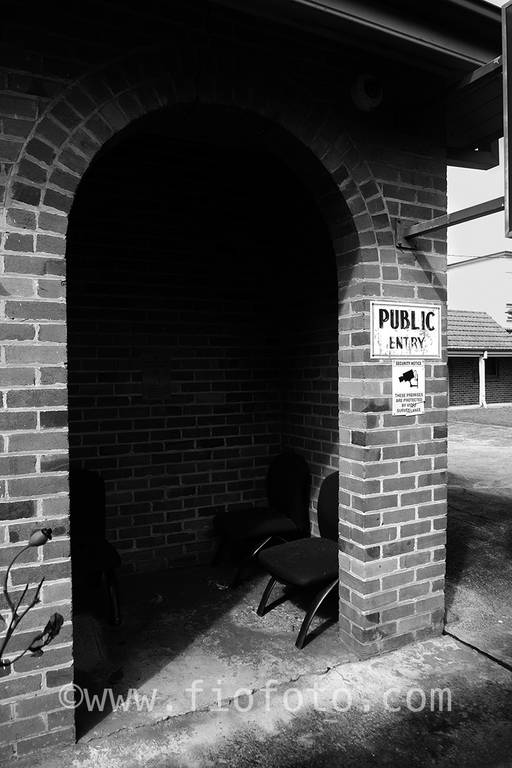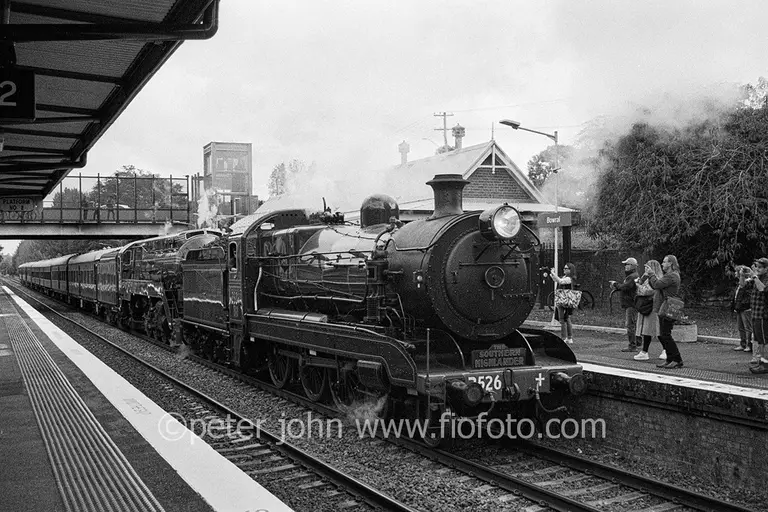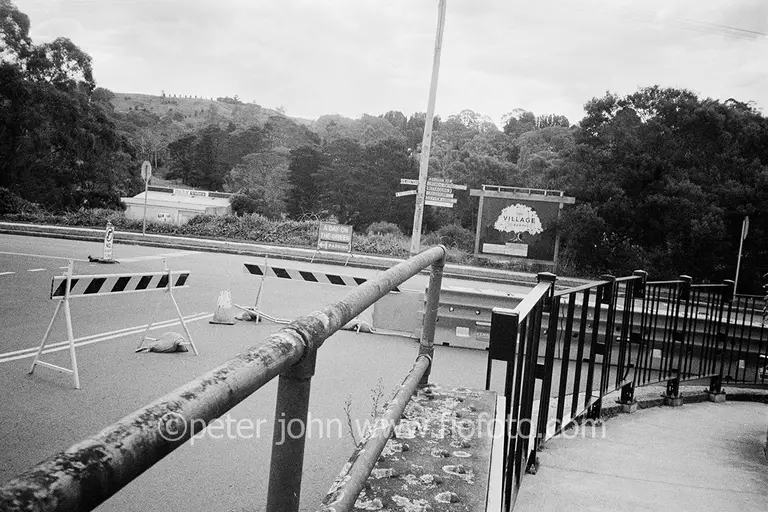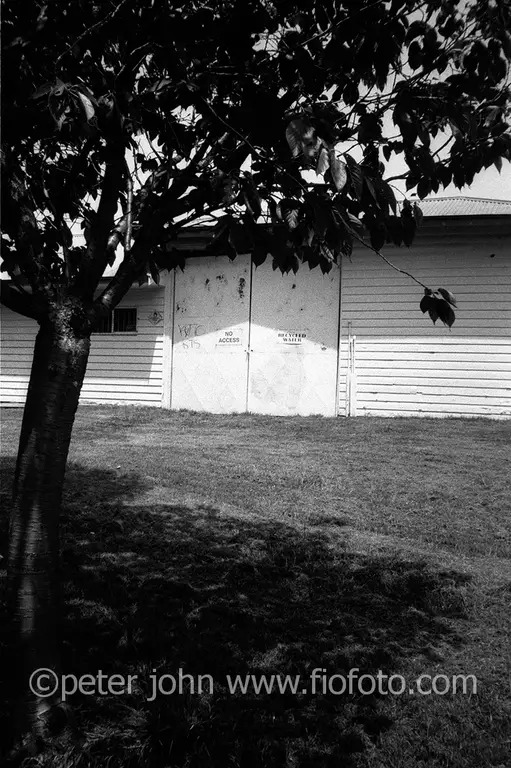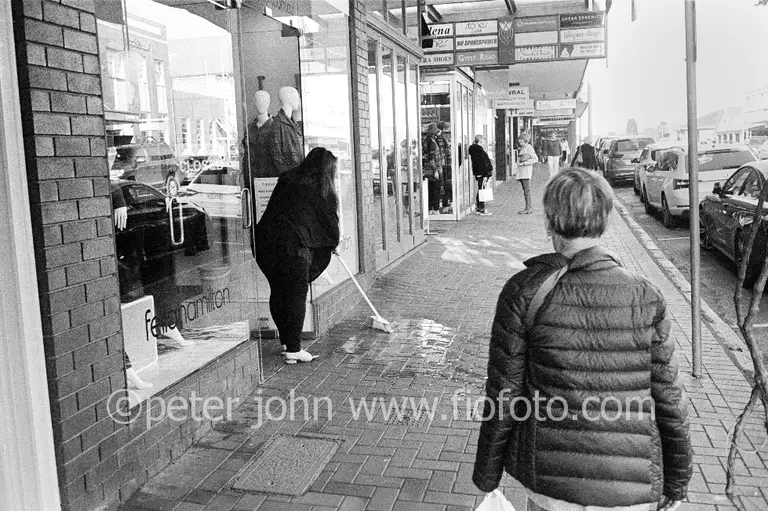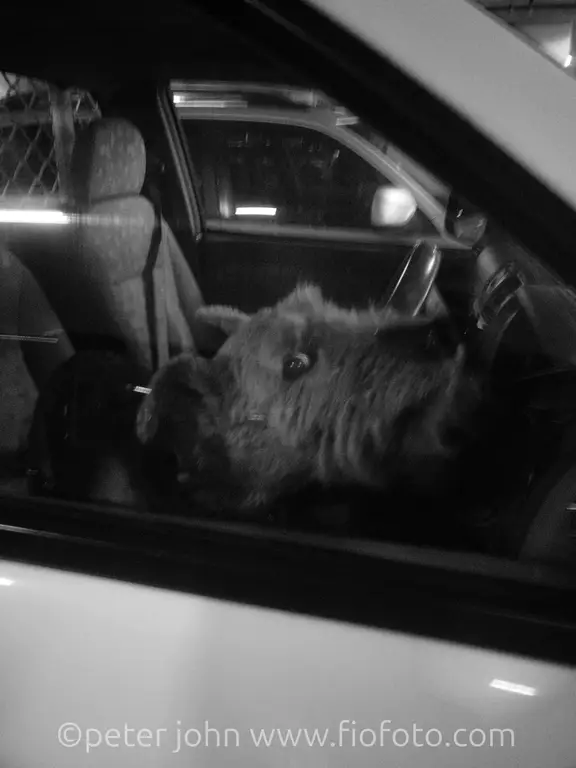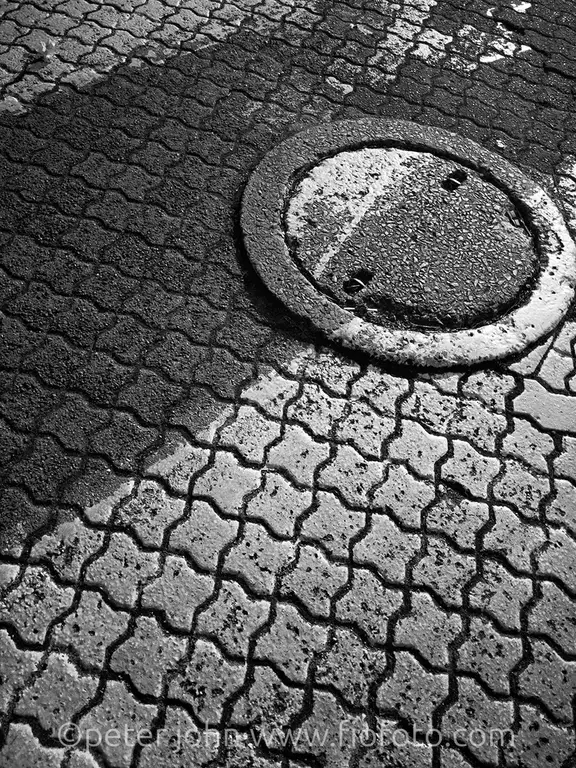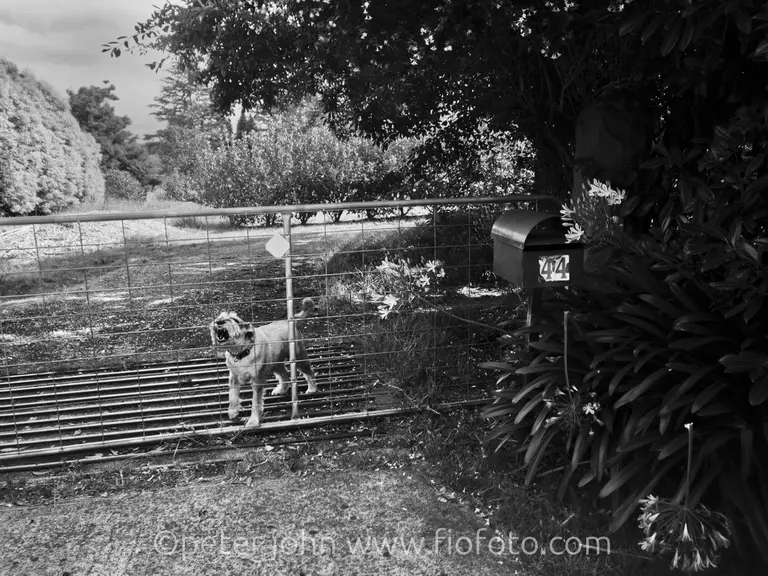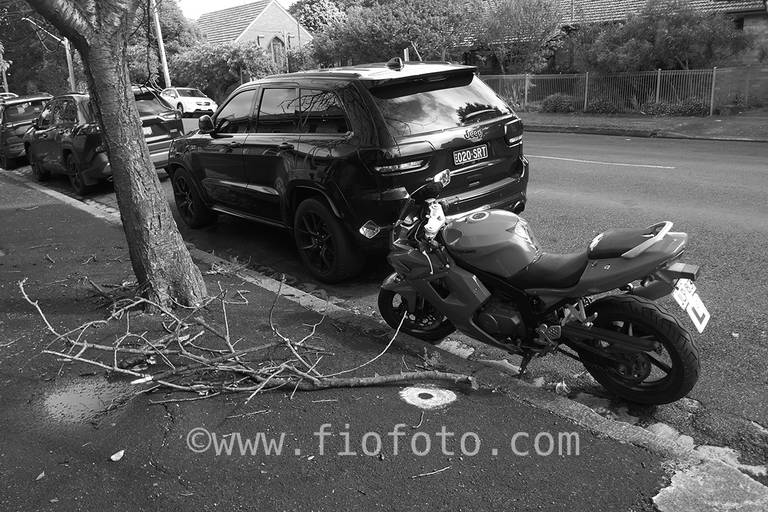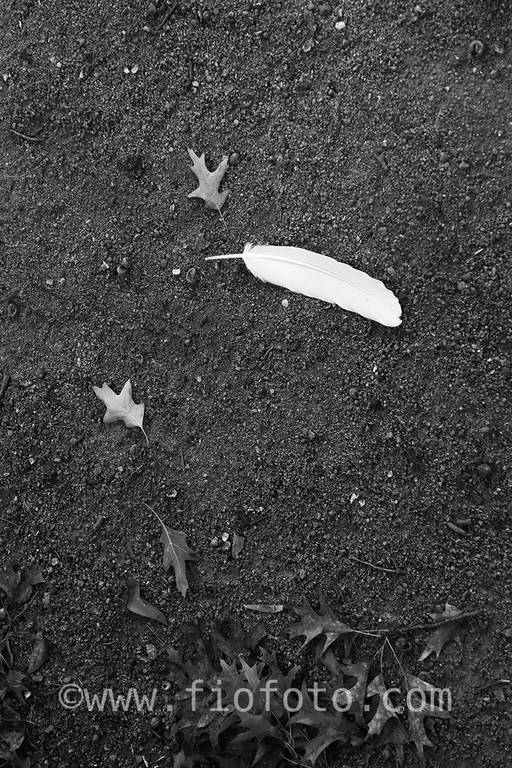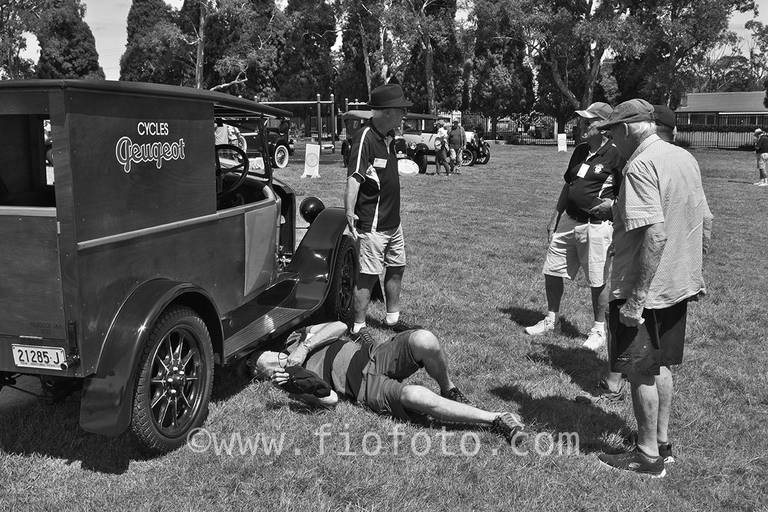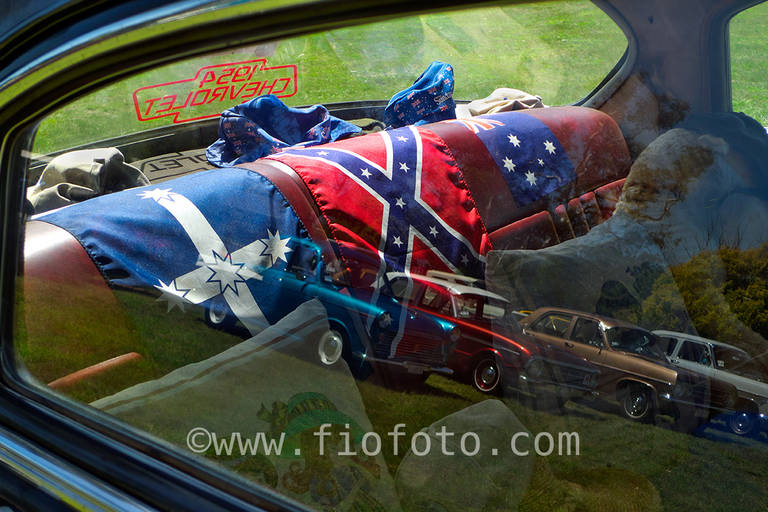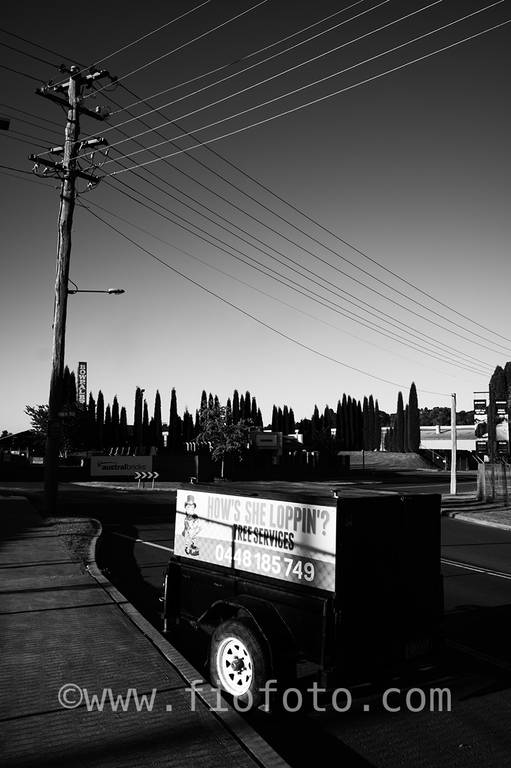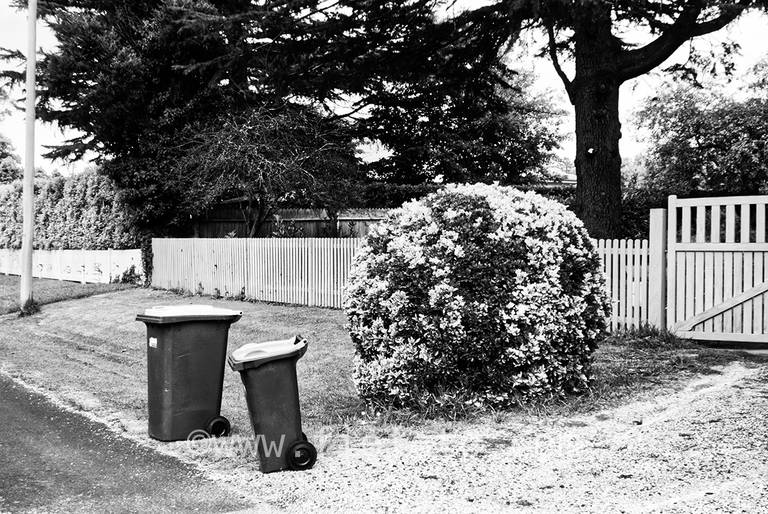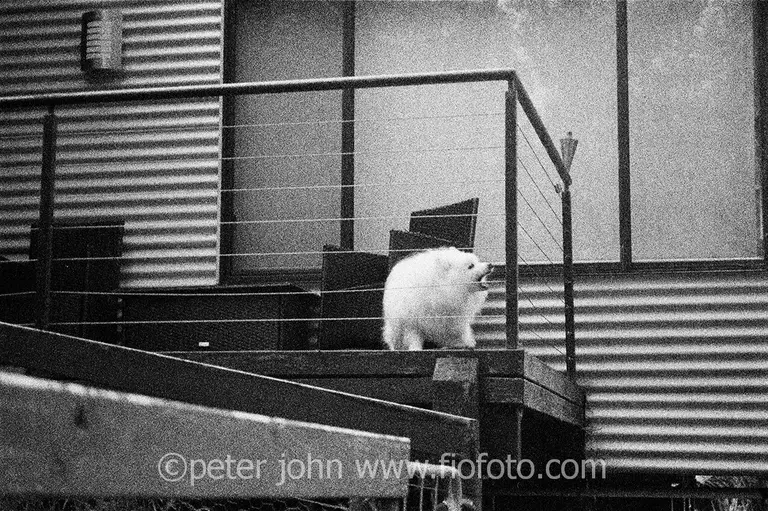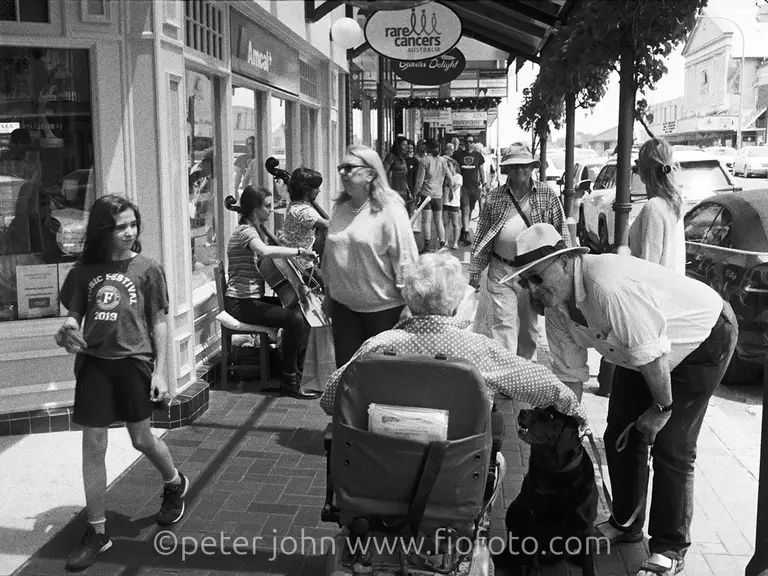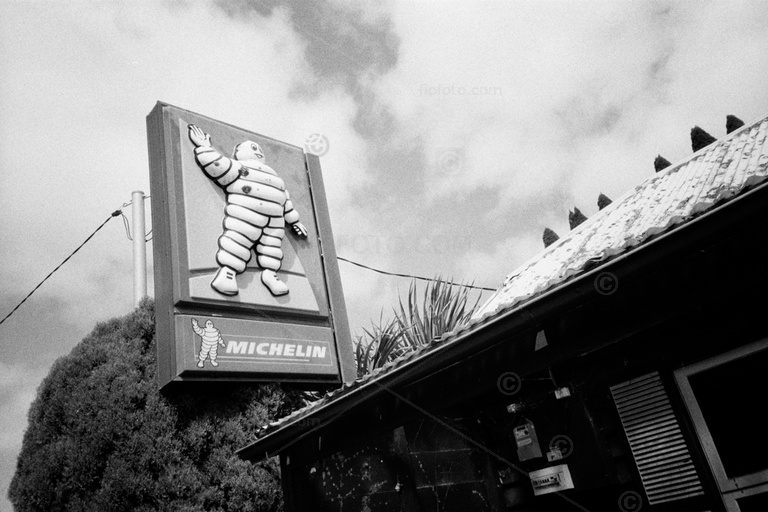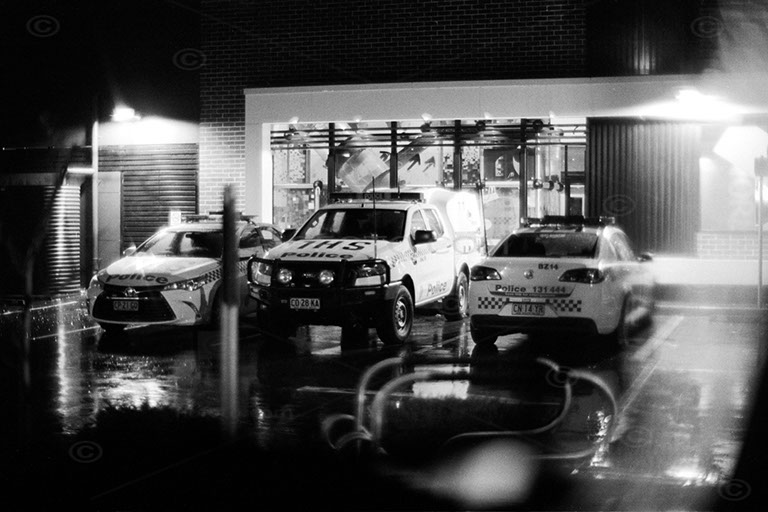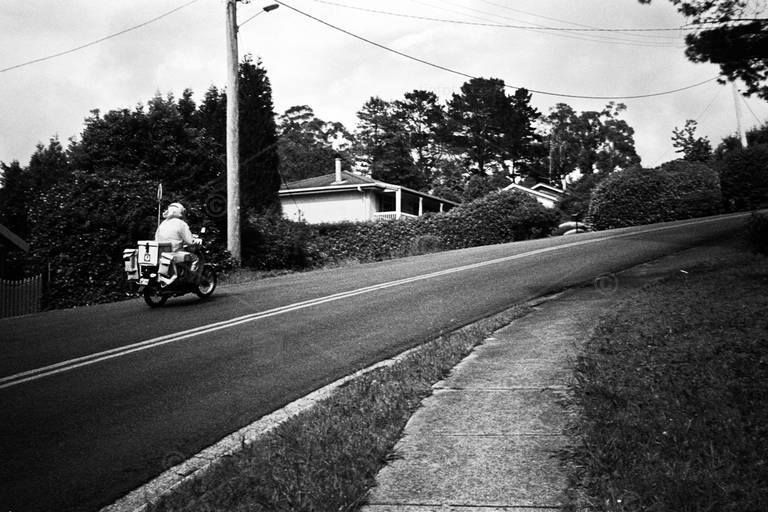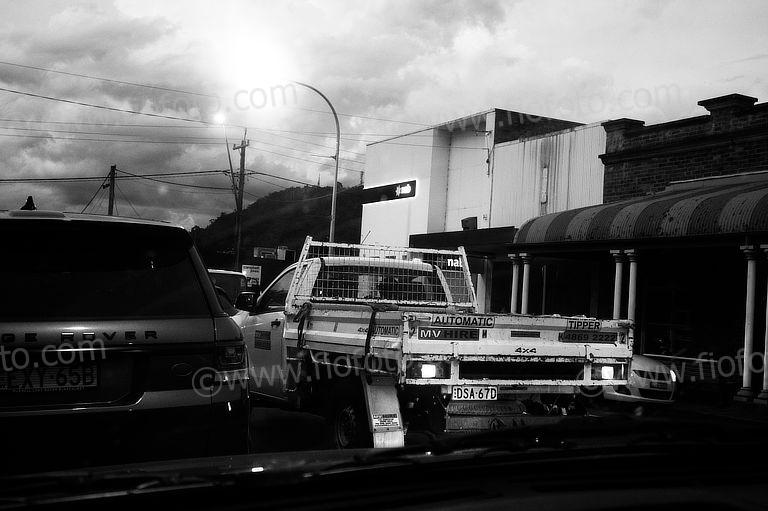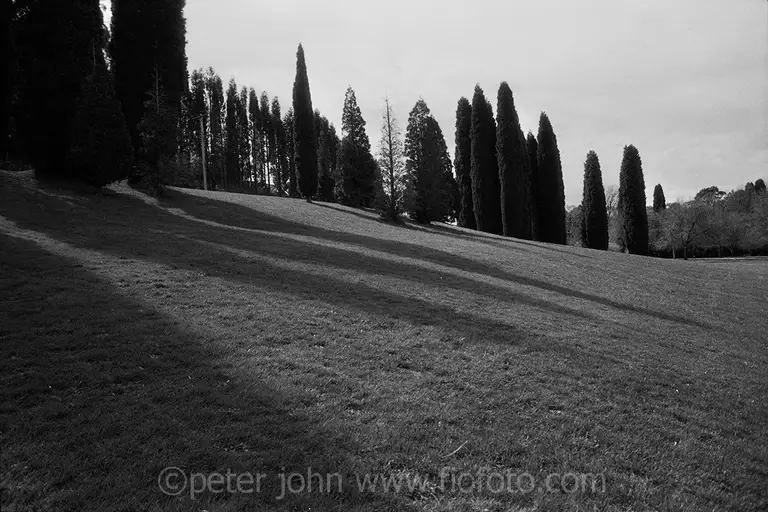click image to enlarge
Set in the Southern Highlands of NSW lies Bowral, a country town steeped in history.
The region holds a special significance for the Dharawal and Gundungurra peoples, on whose traditional lands it sits. The town’s name itself likely has Aboriginal roots, with some theories suggesting it means “high and large” or simply “high place.”
The area boasts beautiful landscapes, a cool climate, and stunning European-inspired gardens. These features have drawn visitors seeking a peaceful escape from the city, including many Sydneysiders who have weekend homes in the area. A major highlight is the annual Tulip Time Festival, showcasing vibrant displays of flowers that attract crowds from afar.
Those interested in history will appreciate Bowral’s colonial architecture, exemplified by St. Jude’s Anglican Church, built in the late 19th century and renowned for its architectural importance. Cricket fans can see the childhood home of legendary Donald Bradman or visit the International Cricket Hall of Fame.
The region’s natural beauty, historical significance, cultural events along with numerous retail outlets selling homewares and lifestyle antiques solidify Bowral’s position as a top destination in the NSW Southern Highlands.
The idyllic landscape of the past is rapidly changing however. Relentless land clearances and development are reducing native wildlife habitat, ancient water meadows being replaced by sprawling housing estates. This transformation brings with it a new reality: high density residential subdivisions and soulless concrete render, leafy suburbia resounding to a cacophony of lonely dogs barking. The car is king, once quiet roads now surge with speeding traffic.
This photo documentary series began several years ago journaling the social landscape of contemporary Bowral and surrounding areas. The project is ongoing and currently includes several thousand images, with a limited selection published on fiofoto.com as single/multiple frame photo field notes or periodic short photo series.
